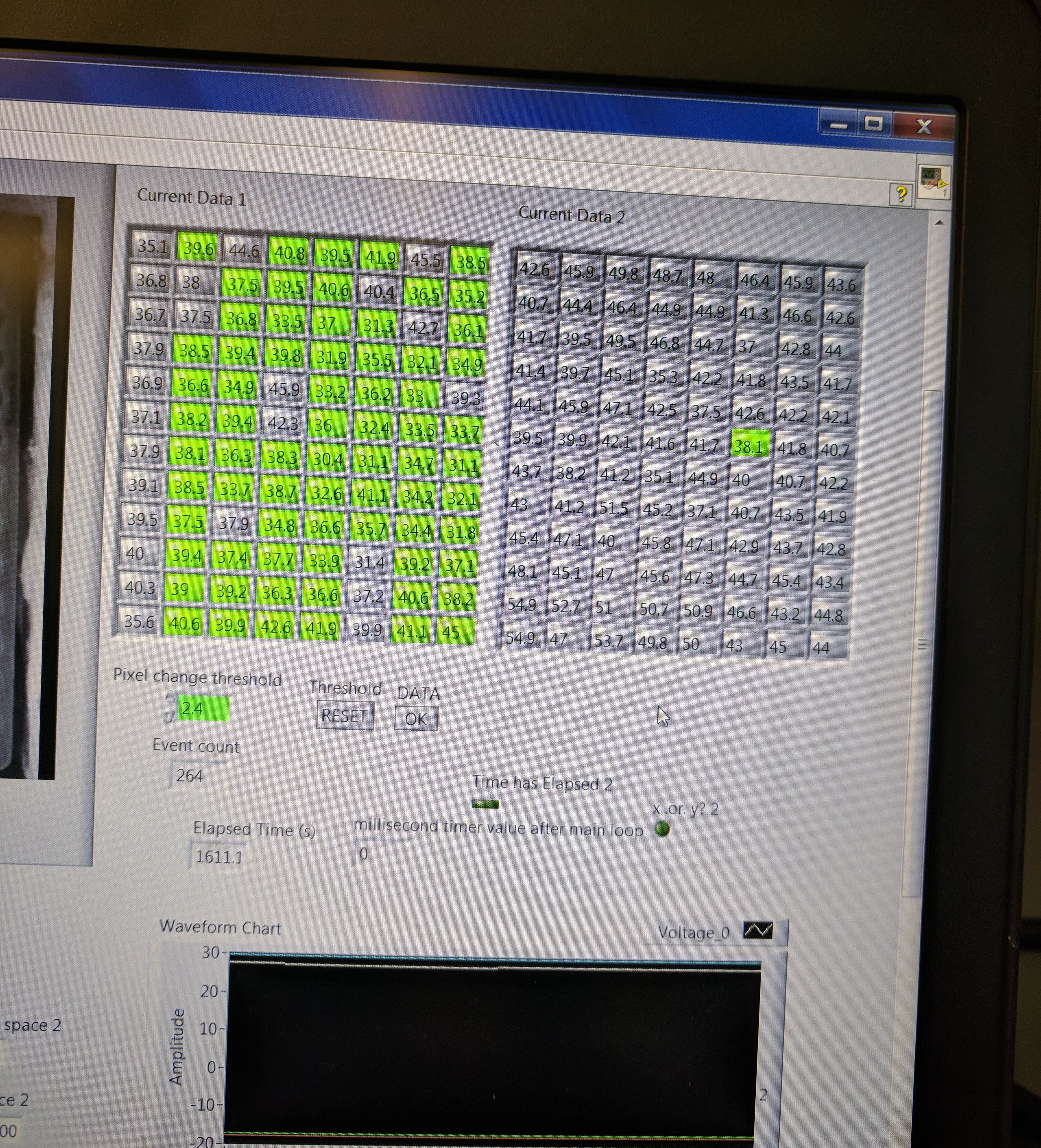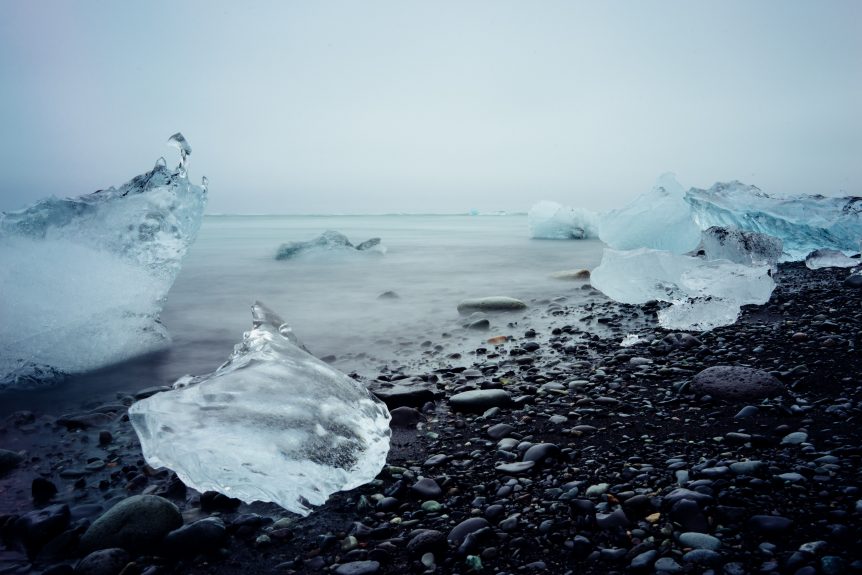I am an incoming first year PhD student in the Prather research lab. My project for this summer isn’t currently tied to what is happening with the main wave channel experiment – but it is hopefully going to help to improve data collection in the future.

Software used to monitor when water samples contained in a well-plate freeze.
My main research focus is INPs (otherwise known as ice nucleating particles). The presence of these particular particles is what causes water to freeze at warmer temperatures than pure water normally would. In other words, the more of these particles are present, the quicker the water will freeze.
So far this summer I have been attempting to decrease the background contamination of INPs in our AIS (automated ice spectrometer).
These contamination particles could be from places such as dust in the air, or debris from plastics used to make the sterile tools we use in these experiments. Decreasing contamination will allow us to reduce the freezing temperature of the background (pure water), allowing us to measure a wider range of INPs during our experiments. Previously we had a concentration of 10 INP/mL at -20֯C, and after making adjustments to try and reduce contamination a concentration of 4-6 INP/mL at -23֯C has been achieved.

This is a step in the right direction and we hope to continue to get the background signal of INPs down, so we can measure SSA (sea spray aerosols) with confidence in the AIS.
–Brooke Rasina

